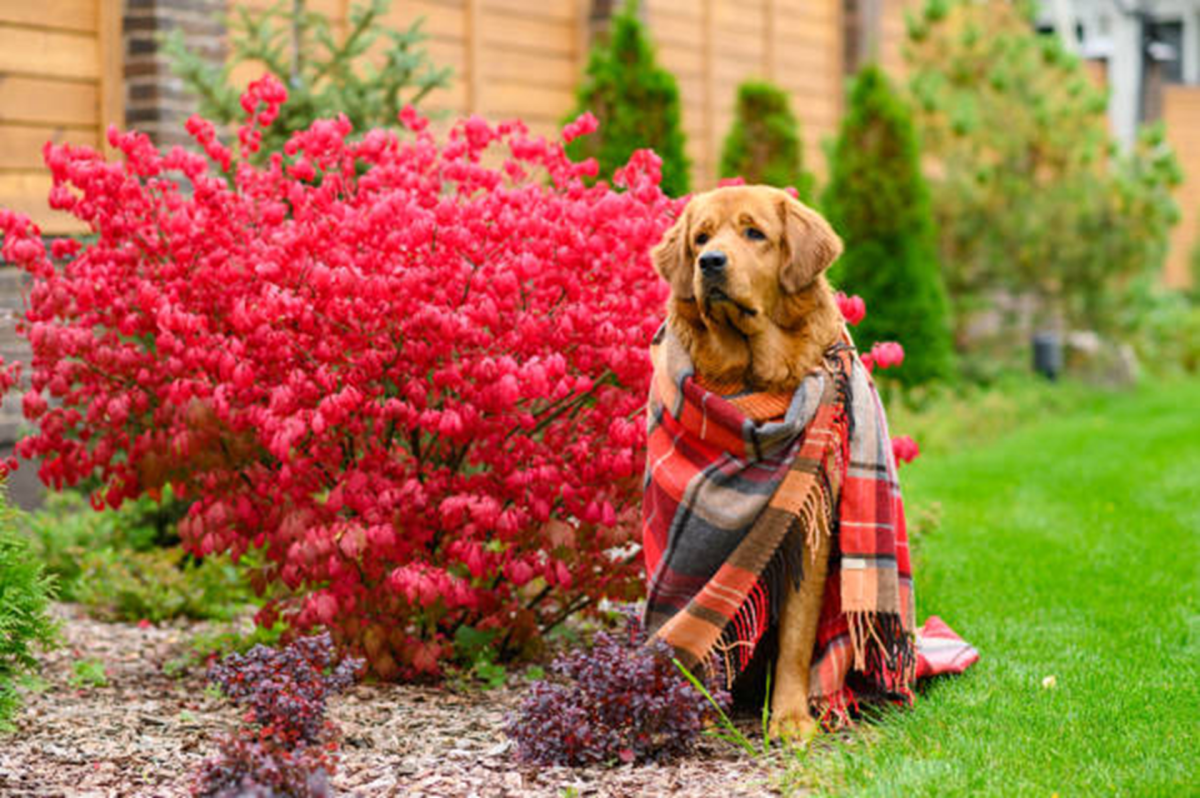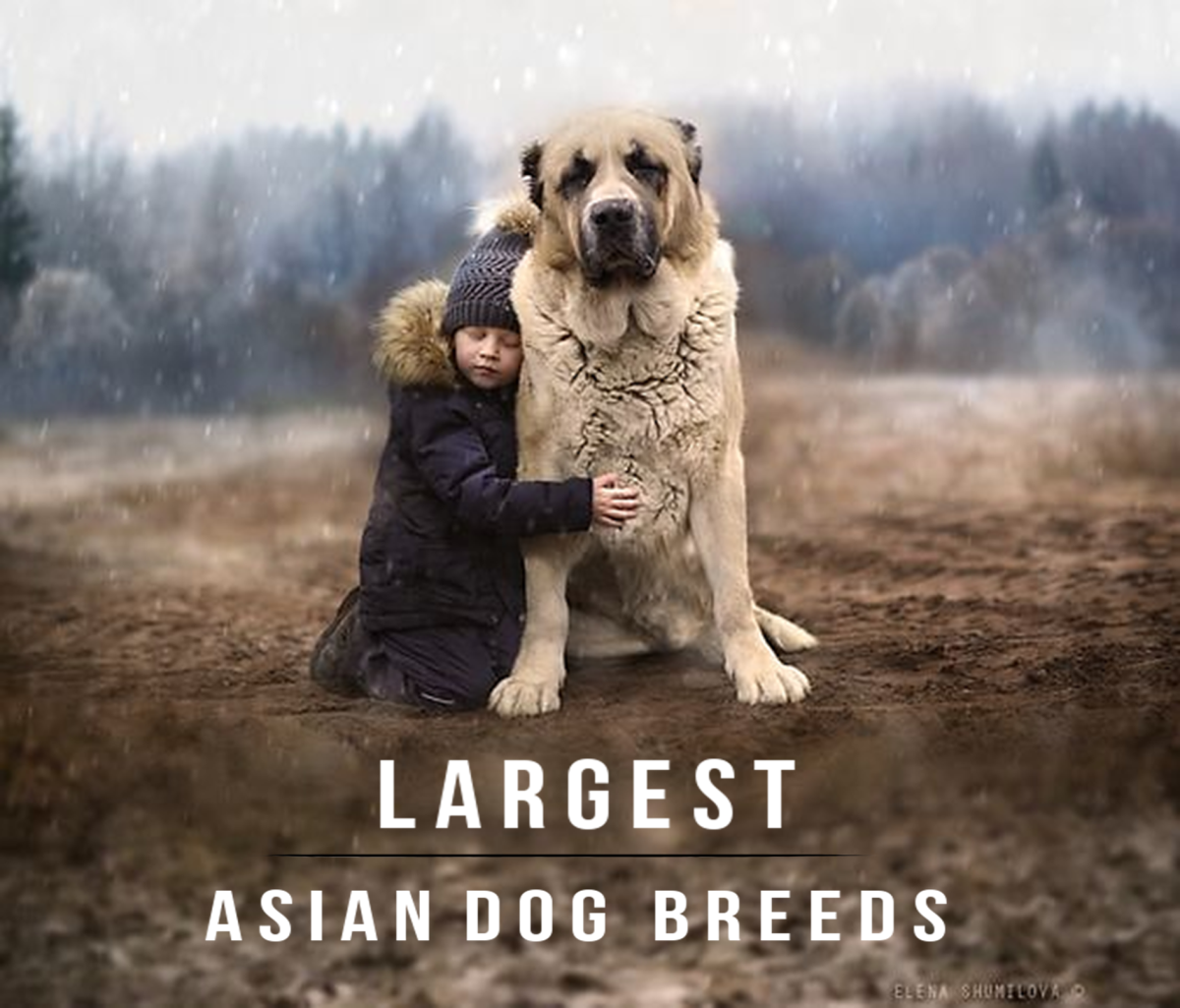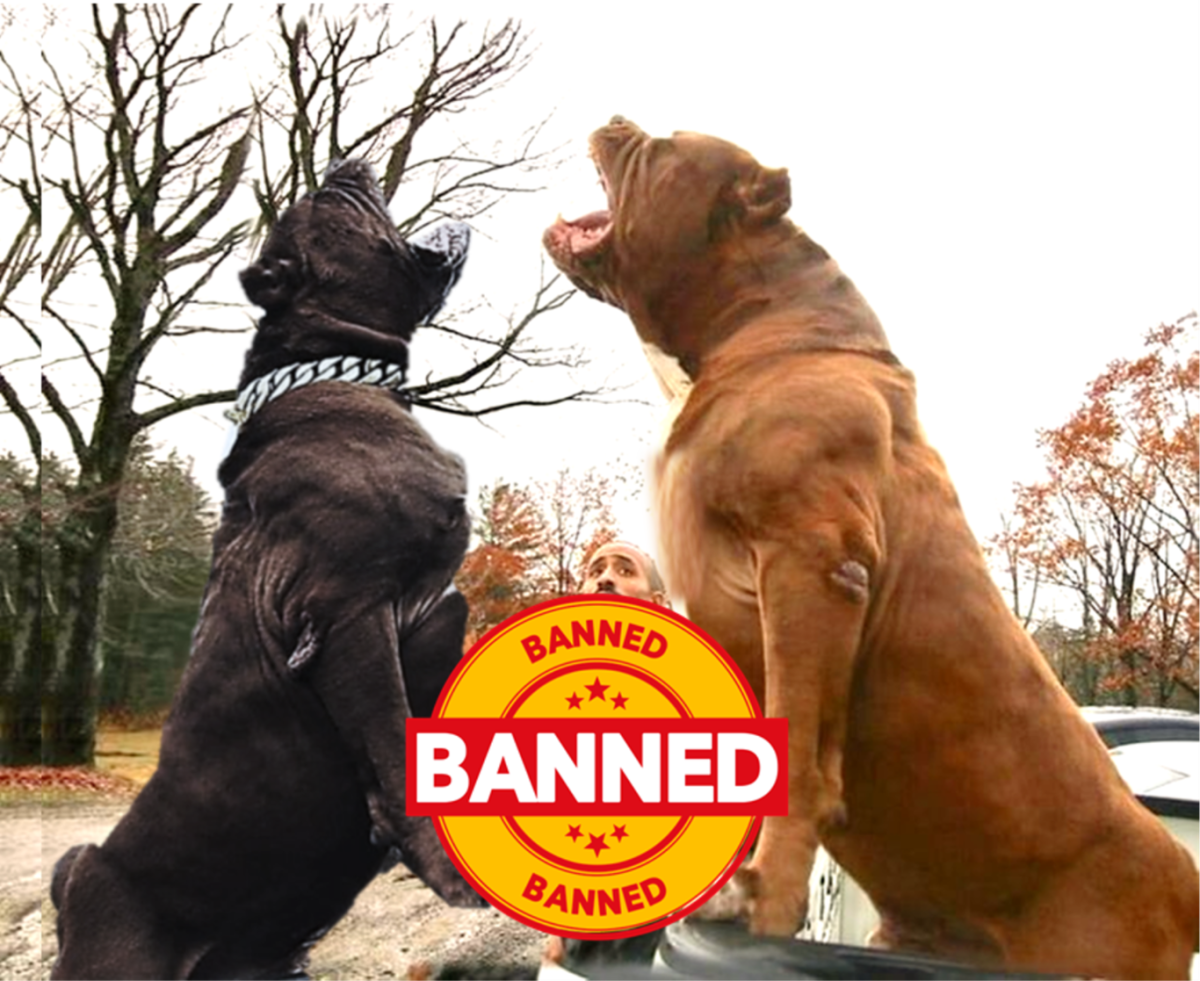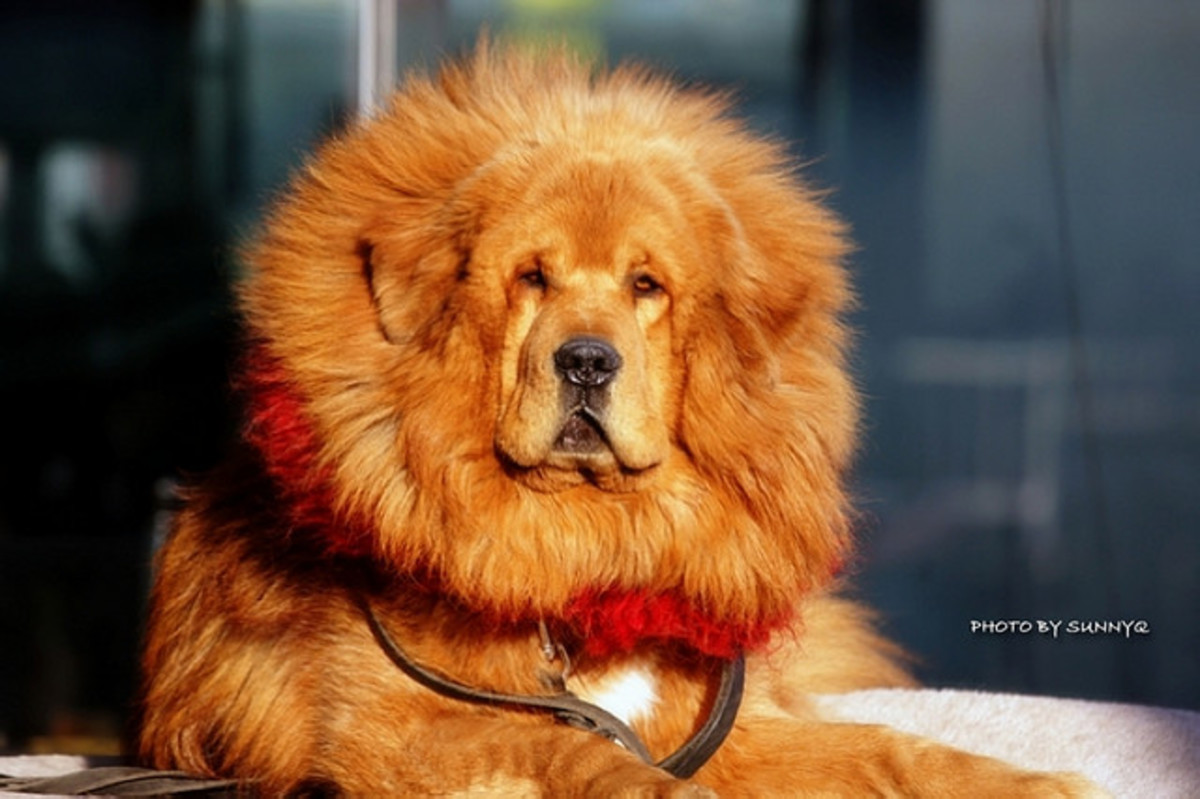Tibetan Mastiff Ancient Dog Breed
Tibetan Mastiff
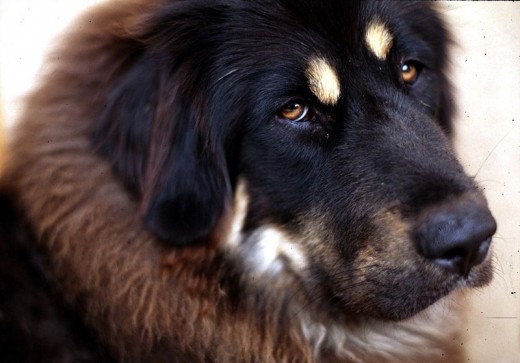
The Tibetan Mastiff is a very ancient breed of dog. According to the American Kennel Club website its origins are uncertain but known records tell of a large dog in China about the year 1100 B.C. The dog was in the Himalayan Mountains where it was away from other influences and developed into the current day dog. The website for Animal Planet breed selector also states, the Tibetan Mastiff is “among the most ancient and influential breeds. Animal Planet further states that the dog’s origins are no longer known. However, there is archaeological evidence of massive dogs as far back as 1100 B.C. in Chinat. Dogs like the Tibetan Mastiff could have traveled with Attila the Hun and Genghis khan and been the beginnings of the mastiffs in Central Asia Outside of Tibet the breed was rather unknown until 1847, according to Animal Planet. It is considered a primitive breed as it retains behavior it would have needed in its beginnings in Tibet, such as canine pack behavior, according to Wikipedia.
The American Kennel Club (AKC) describes the Tibetan Mastiff as: an “impressive large dog” with “noble bearing” and “aloof and watchful guardian.” They have a double coat which can be black, brown or blue grey. They shed coats once a year, but should still be brushed regularly. They might have tan markings with various shades of gold.
Dog Breed Info Center describes the breed as “a massive, giant dog with sturdy bone structure.” It has a wrinkled head that is broad, heavy and strong.
Characteristics
- Working group
- Very intelligent
- Very independent
- Recognized by AKC in 2006
- Family and property guardian
- 24in to 26in at shoulder
- Weight 140-170 lbs.
According to –tibetianmastiffinfor.com website the average Tibetan:
- Likes to bark
- Likes to chew
- Headstrong and independent
- Slanted eyes, ears almond shaped, shades of brown
- Ears V-shaped
- Tail, feathered, curled over back
Needs
- Space, mental stimulation, and exercise
- Socialization and obedience training
- Safely fenced in yard
- Crate training
- Structure and firm leadership
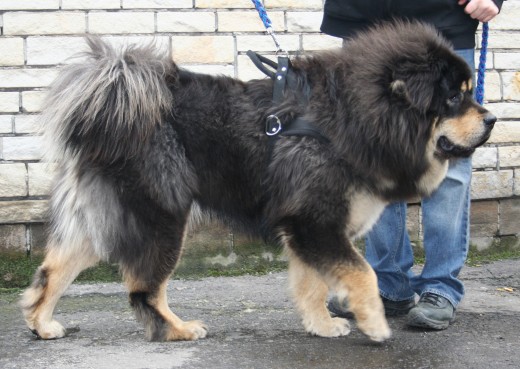
Protective dog
When these dogs originally traveled with nomadic herdsmen they were often left behind to guard the families and belongings of the group while the flocks were being moved, usually to higher ground. The dogs are highly intelligent and independent, a necessary trait when the dogs had to work away from the herders. According to Wikipedia they are and ancient breed that were guardians of herds, flocks, tents, villages, monasteries and palaces.
For the modern owner of such dogs they are primarily a guardian for the family and property. In early times they were kept confined during the day but let out at night. When outdoors they are usually quite active
When a Tibetan Mastiff was given to Queen Victoria of England in the 1800s the breed came out of isolation, according to the Dog Breed Info center. This led to a standard being written and the start of breeding in England. The United States started importing the breed from India, Nepal, Ladakh and Afghanistan in the 1970’s. It is rare in Tibet, but the Tibetan Mastiff is getting more popular in the United States and England, according to Dog Breed Info. It was recognized by the AKC in 2006.
Various sources emphasis that the dog is intelligent and independent, thus needing the owner to be a strong dominant leader. The authority can be expressed in a quiet but firm manner, but the human must be the leader.
More dog history
- Dalmatian Dog: Friend of Horses breed with black spots
The dog we know by its spots has been around for several hundred years.They have been guard dogs,fire engine dogs and good pets.They have a special affinity with horses. - Norwegian Elkhound, history of a working dog breed, companion of vikings
Norwegian elkhounds were originally bred to help hunt both large and small game. They bark more than most dogs of this type as the barking was the way they signaled their owners about the game. - Greenland Dog history:An Ancient Sledge Dog Breed
Greenland Dog is an article about a breed of dogs used by the Inuit as sled dogs and hunting Polar bear.They are powerfulk dogs and quite beautiful.
Not a Mastiff?
Considering that this breed is so old it is, oddly, not really a Mastiff, according to Wikipedia. The name was used because the name has a meaning of “large dog.” “Early visitors to Tibet misnamed several of its breeds,” according to Wikipedia’s article on Mastiffs. They state that “Tibetan Mountain dog” would have been a better name.
Breed standing today
According to the AKC the breed may participate in shows in the United States but “may not enjoy participating in organized activities such as obedience or agility due to their highly independent natures.”
They first competed in the Westminster Kennel C lub Dog show in 2008, according to Wikipedia.
Copyright 2012 Don Hoglund
© 2012 Don A. Hoglund


